
views

Listen and repeat. Listen to music, watch movies or TV shows or just look up how the word is pronounced. Google Translate is a good site for this. Try to break every word down. Start with the first syllable, then the second, and so on if there are more. Listen and repeat exactly how the speaker said it.
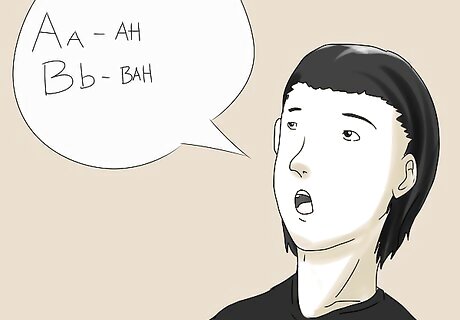
Pronounce all letters correctly.
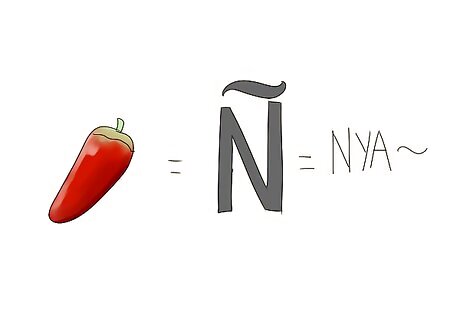
The Enye (Ñ) makes a Nya sound as in the word: jalapeño
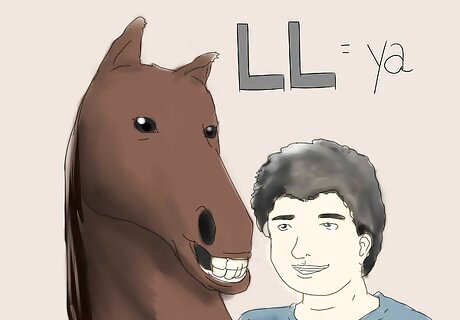
The Elle (LL) makes a ya sound as in the word: caballo
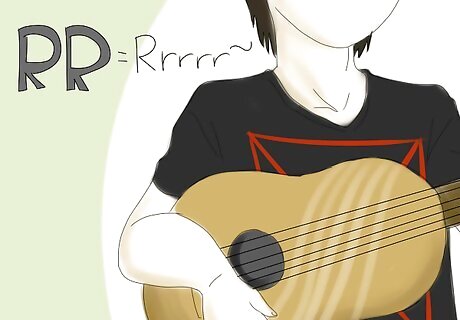
The Erre (RR) makes a rolled R sound, as in: Guitarra (Don't worry if this does not happen for you right away or even ever. The Spanish are very forgiving. If you wish to practice this technique, however, the best thing I have found to do is to breathe out hard, and allow an L sound to emanate from your tongue. Leave the tip of your tongue very loose so that when the hard breathe comes out over the tongue tip, it will flip up and down. The L sound converts in our ears as an R sound.) For more on how to roll your R's, visit this serperate WikiHow article: https://www.wikihow.com/Roll-Your-%22R%22s
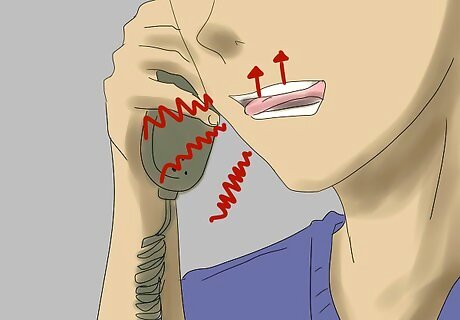
One R is pronounced by flicking your tongue up very quickly and slickly. Do it fast, it sounds like a very light, quick D. Once it sounds like a quick D, you've got there.
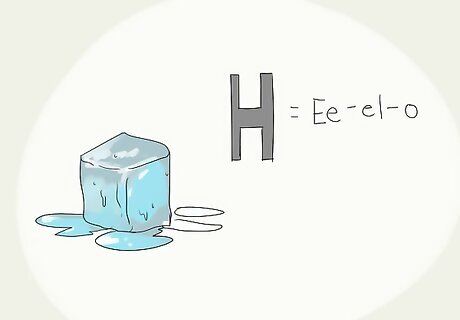
The H can sometimes be silent, as in Hielo (ice) which can be pronounced Ee-el-o
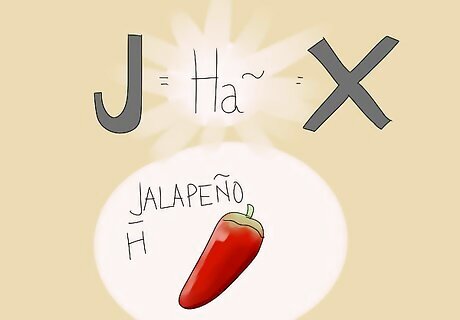
The J and X can sometimes be pronounced as we would say the h sound. So, once again the word jalapeño would be pronounced: hal-a-penyo. Also the word Texas would be spoken as Tehas. This is not a hard-and-fast rule for the X. The more Westernized a thing becomes the less strength is emphasized for a particular rule. Occasionally, for the J it can be more of a zha sound. For more on how to pronounce the letters, visit this separate WikiHow article: https://www.wikihow.com/Pronounce-Spanish-Words
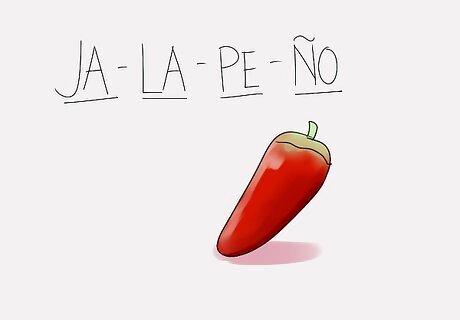
When two vowels are right next to each other, they merge into one. This is rule also applies when a word ends in a vowel, and the next word starts with one. They are basically next to each other.
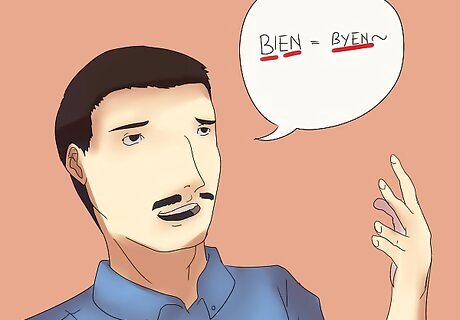
For example: "Bien" (Fine) isn't pronounced "Bee- en", it's pronounced more of "Byen". Why? Because there are two vowels next to each other. You'll have to get used to this.
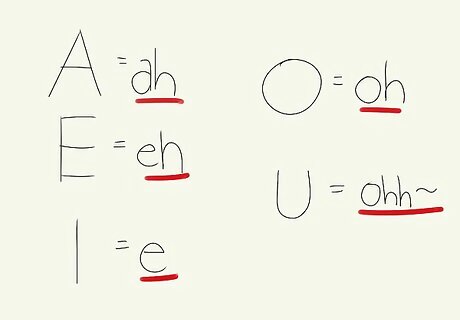
Note: Spanish vowels are the same as English. (A, E, I, O, U). Also note they are pronounced differently.
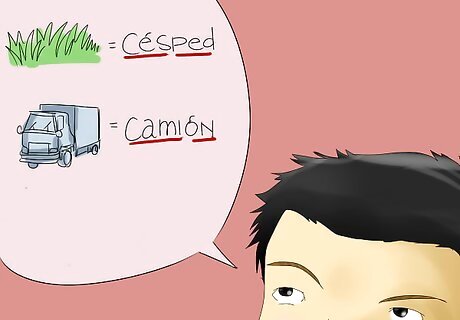
Find the accented syllable. The accented syllable is the one that gets the most emphasis or that you dwell on a bit longer. All "flat" words have an accent if they end in a consonant other than "n" or "s" (the letter "y" is considered a consonant). These are words that have the accented syllable second from the end: fácil, césped, mártir, álbum. All "high-pitched" words have an accent if they end in a vowel, n, or s. These are words that have the accent on the last syllable: caerá, alhelí, así, camión, jamás.
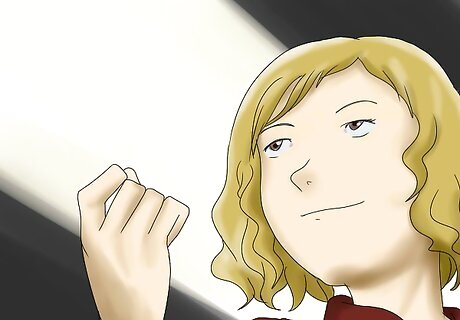
Stay motivated. You learned the sounds of your native language, you can do it for another one. Over 400 million Spanish speakers can do it, and so can babies, so you can too.


















Comments
0 comment